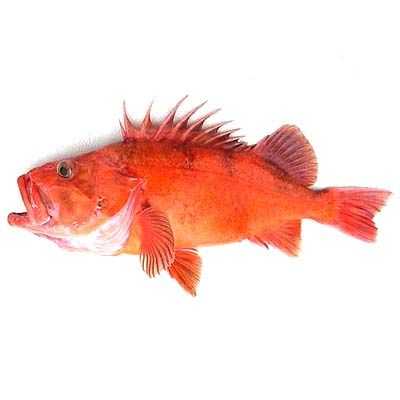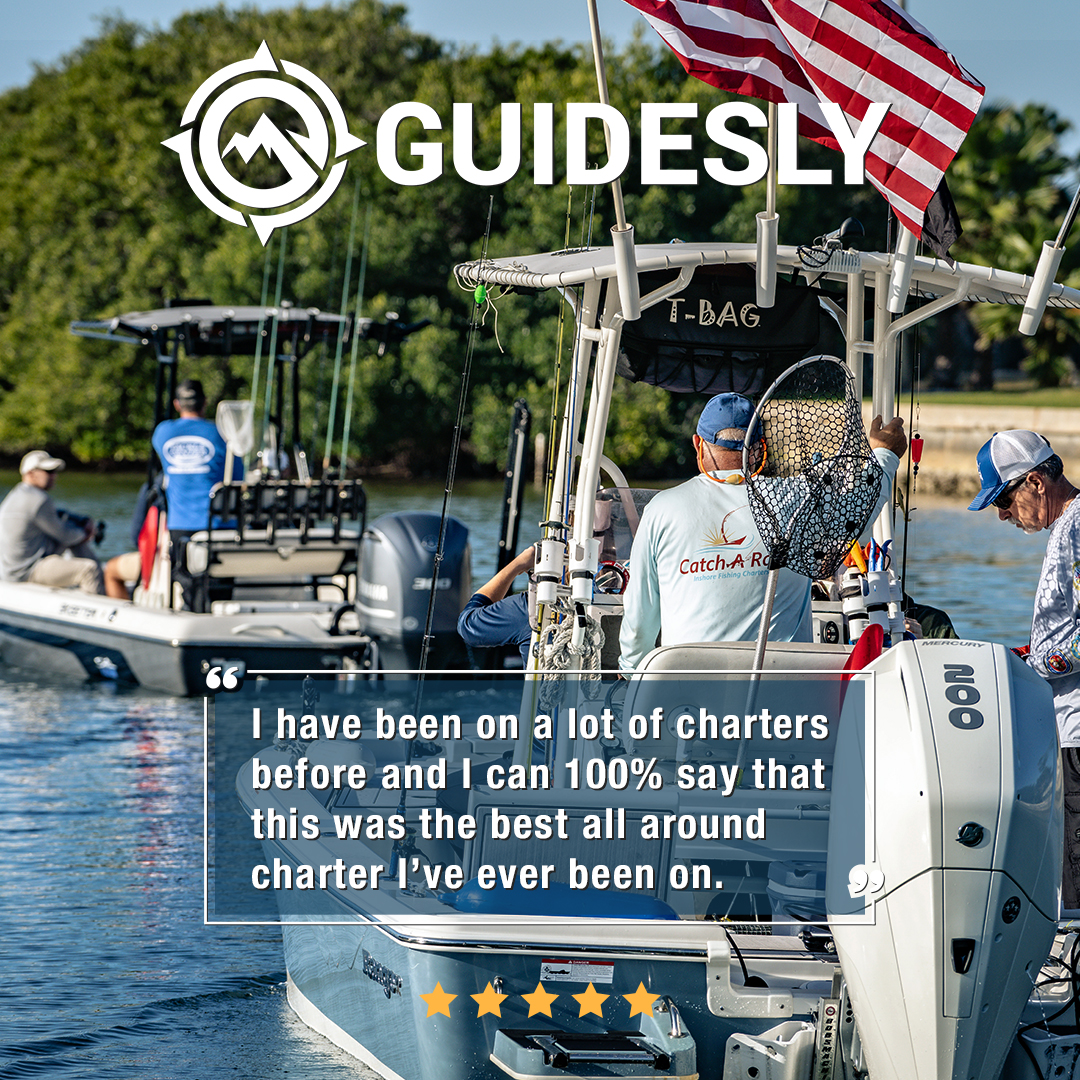Cowcod

Species Details
Sebastes Levis
Sebastidae
Scorpaeniformes
Boulder Fields, Rocky Ridges. Continental Shelves
19 - 29 lbs.
24" - 39"
Cowcod (Sebastes levis) Fish Description
The Cowcod fish is a rockfish that usually spends its time sleeping amongst the rocks. Color-wise, Cowcods are either pink or bright orange but they come in other colors such as cream, gold, or salmon. Some adult Cowcods have faded gold or brown bars vertically running down their body from the base of their jagged dorsal fin. Their dorsal fin, unlike other fish, has deep incisions which make it have a spiny appearance. However, a Cowcod’s dorsal fin is split into two sections – one with a spiny appearance and the other with a squared appearance.
The dark markings cover the second portion of the dorsal fin and also give the tailfin some streaks. Other than that, all the other fins such as the pectoral fins and anal fin match the Cowcod’s body. Like other rockfish, a Cowcod has a large head, small eyes, and an underbite.
Diet and Size
Cowcods, like an ambush predator, hide in rocky shelves and deep continental slopes before snapping up at their enemy. They eat different kinds of smaller fish, octopus and, squids. And sometimes, if they find any in the shelves, a Cowcod might just feast on the occasional shrimp and crab too.
Cowcods are considered the largest among the Rockfish species. These fishes can grow up to 39 inches but have an average of around 24 inches or so. However, it’s usually the female Cowcod that’s bigger than the male one. As for their weight, usually, a Cowcod can weigh up to 29 lbs.
Interesting Facts about the Cowcod
- Cowcods, while young, can be mistaken for other striped rockfish such as the Tiger Rockfish.
- Over the years, the Tiger Rockfish has fading stripes whereas the Cowcod’s stripes appear the same over time.
- The pattern is different normally. Cowcod’s have a more speckled stripe.
- Cowcod’s come in bright colors like orange, pink, salmon, and gold.
- Cowcods were considered a vulnerable species before.
- Because they were considered an excellent food fish, people went after them.
- In 2019, they were no longer considered a vulnerable species.
- Cowcods are an old species. They have been around for 6,000,000 years.
- A Cowcod’s maximum lifespan is 55 years old.
- A Cowcod has its own name in Mexico: Rocote Vaquilla.
Fishing Techniques: How to Fish for a Cowcod
Not much changes when fishing for a Cowcod save maybe for where you should drop the lure. As rockfish, Cowcods will have similar approaches to their other Cowcod cousins. Sometimes, you might not even be planning to catch a Cowcod but you managed to do so anyway. The only difference maybe for a Cowcod might be the bait of choice but even then, that’s them being a little more nitpicky than usual.
Cowcods, like any rockfish, will find a fancy in lures and baits. Metal lures might be too harsh a lure for them so people would suggest using a plastic one to catch them. They usually call these kinds of lures – scampi lures. To make it more enticing, some people add a strip of squid and dangle it near the habitat of the Cowcod to get them biting.
If not lures, people recommend using live bait. Live bait would involve catching smaller fish that are within the area and using it as bait. Depending on the area, you may have to use only the fish within that area. Since fishes are prone to disease, it’s better to either catch a herring and anchovy in that area. For your safety as well, it’ll also make sure that the Cowcod you’ve fished out isn’t infected with anything.
Habitat and Distribution
Cowcods roam the Mexican Pacific but can sometimes make their appearance in Californian waters. However, they seem to be abundant in a place known as Southern California Bight.
As for their area of choice, juvenile Cowcods change their habitats depending on their diets and needs. However, as Cowcods get older, they do have a preference for rocky areas. These rocky areas serve as their cover since they are fish that use ambush as their main choice of hunting style. Adult Cowcods have a preference for boulder fields and rocky ridges.







